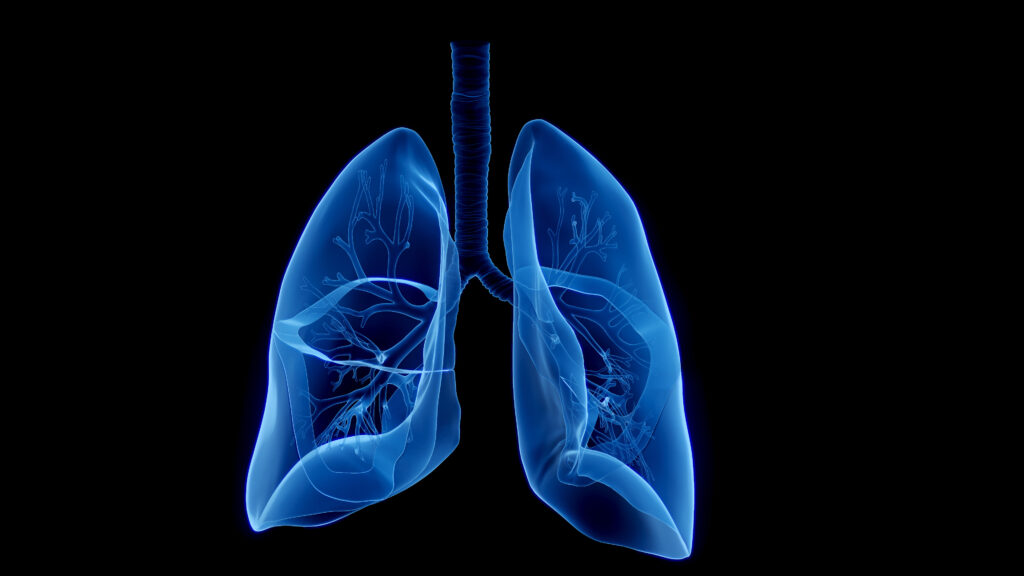Abstract
Non-small-cell lung cancer management is classically based on several lines of therapy separated by treatment-free intervals, in which each new line is started when tumour progression is detected. The maintenance strategy consists of pursuing an appropriate, well-tolerated treatment after the end of first-line chemotherapy in order to maintain the initial therapeutic benefit and to avoid rapid clinical deterioration that would rule out further treatment. Clinical trials show that maintenance therapy with pemetrexed or erlotinib provides a significant clinical benefit in terms of disease control and survival. This survival benefit appears to be due mainly to the increase in the proportion of patients who can receive several lines of active treatment. Maintenance therapy is an important option for patients receiving initial treatment, particularly for those with rapid disease progression, but more reliable criteria are needed to identify the patients most likely to benefit from this approach.
Keywords
Erlotinib, bevacizumab, non-small-cell lung cancer, maintenance, pemetrexed
Disclosure: Maurice Pérol has received honoraria for speaking engagements and consultancy services from Roche, Lilly, AstraZeneca and Merck.
Received: 25 January 2010 Accepted: 25 March 2010 Citation: European Respiratory Disease, 2010;6:70ﻗ°±75
Correspondence: Maurice Pérol, 103 Grande Rue de la Croix-Rousse, 69317 Lyon Cedex 04, France. E: maurice.perol@chu-lyon.fr
Support: The publication of this article was funded by Roche Lung Cancer. The views and opinions expressed are those of the author and not necessarily those of Roche Lung Cancer.
First-line treatment for patients with metastatic non-small-cell lung cancer (NSCLC) is classically based on combination chemotherapy comprising a platinum salt and a third-generation cytotoxic agent. Because of the toxicity of this regimen, few patients are able to receive more than six cycles.1 As the clinical benefit is often only moderate and transient, several strategies have recently been developed with the aim of maintaining this benefit without undermining quality of life. These new approaches have been made possible by the arrival of more active and better tolerated cytotoxic drugs and targeted biotherapies compatible with long-term administration.
Duration of First-line Treatment for Metastatic Non-small-cell Lung Cancer ﻗ°± The Concept of Maintenance Therapy
Duration of First-line Chemotherapy
The latest guidelines published by the American Society of Clinical Oncology on first-line chemotherapy for patients with advancedstage NSCLC recommend no more than four cycles for patients with stabilised disease and no more than six cycles for responders.1 Phase III trials show that previously untreated patients actually receive a median of about four cycles of platinum-based chemotherapy.1 Thisis due to the high proportion of patients with refractory tumours (about 30%), as well as cumulative drug toxicity and an early maximal reduction in tumour volume.2,3 Several randomised trials have examined the optimal number of cycles of platinum-based doublets for previously untreated patients.3ﻗ°±6 Treatment prolongation has been shown to offer no advantages in terms of response, symptom control, quality of life or survival, while it tends to aggravate cumulative toxicities such as anaemia and neuropathies.5 A metaanalysis of such trials,7 including two studies of maintenance therapy based on the drug initially combined with the platinum salt, confirmed that prolonging first-line chemotherapy yielded no survival benefit (hazard ratio [HR] 0.97, 95% confidence interval [CI] 0.84ﻗ°±1.11), even though it improved progression-free survival (PFS) (HR 0.75, 95% CI 0.65ﻗ°±0.85).
To View full article : register here













